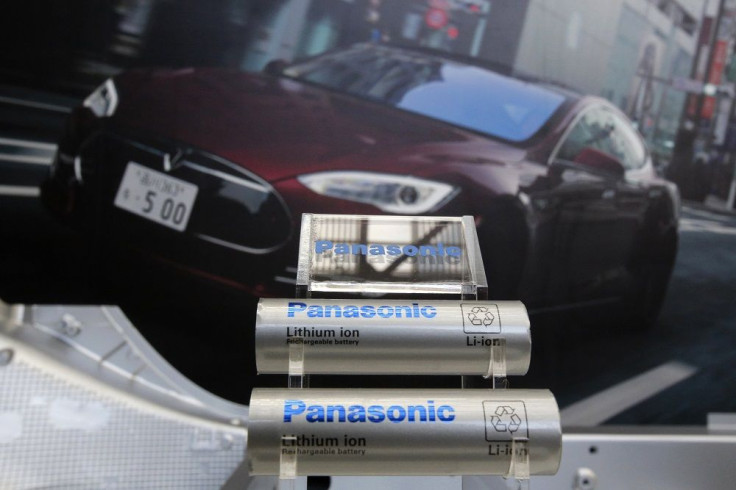LG Chem, 3M to start using nickel-manganese-cobalt oxide cathode materials

The chemical subsidiary of LG electronics, LG Chem and 3M, have started using nickel-manganese-cobalt-oxide (NMC) cathode materials in manufacturing lithium-ion batteries.
LG Chem has been granted with a license by 3M to use its US Patents 6,964,828; 7,078,128; 6,660,432; 8,241,791; and 8,685,565. The agreement allows the use of the equivalent patents in other countries such as China, Japan, Taiwan, Korea and in some countries in Europe.
The license began during 3M’s collaboration with Professor Jeff Dahn at Dalhousie University regarding the nickel-manganese-cobalt-oxide technology in which 3M was able to develop a wide range of different compositions of the material. These new compositions include “NMC 111 (for energy and power); NMC 442 (for energy and power); and an optimized high-power NMC 11 composition with high porosity.” Before the agreement took shape, LG Chem had already licensed the NMC technology at Argonne National Laboratory.
According to Green Car Congress, NMC cathode compositions provide a better balance of power, energy and thermal stability at a low cost, making it a suitable new technology for Lithium-ion batteries. Compositions and the morphology of NMC cathode materials can be adjusted to be able to meet customer requirements: from high-energy handheld consumer electronics to high-power electric vehicles. LG Chem supplies NMC-based Li-ion batteries to famous plug-in vehicles, including the popular Chevy Volt.
Patents on NMC date back to the 2000s, with the Argonne National Laboratory filing the first patent from the work of Dr. Michael Thackeray. Shortly after, 3M filed a patent based on Dr Jeff Dahn’s work at Dalhousie University. In 2014, the US Patent and Trademark Office, or USPTO, confirmed NMC patents for both researches.
Kyunghwa Min, vice president of LG Chem IP Center, is confident about the new technology, stating that it will open new opportunities.
“We are pleased to have reached this agreement with 3M. This license will give our battery customers confidence in LG’s technology and our long-term commitment to the battery industry. The license also opens the door to new opportunities for LG Chem as a supplier of cathode materials to the battery industry,” said Min, in a post by Green Car Congress.
This new technology will embark a new set of technologies for the smartphone and smart car industries, and it will ultimately increase the demand for nickel. An emerging top supplier, Amur Minerals Corporation ( AIM: AMC ), is on the process of building its own smelter in its Kun-Manie site at the Far East of Russia.
The smelter will allow the company to process its ore on site, which is considered to be one of the top 20 nickel-sulphide deposits in the world. The Kun-Manie deposit holds a projected JORC estimate of 820,000 nickel equivalent tons and still has the capacity to produce more during its 15-year mining life. The company’s costs are less than US$ 0.03 per pound, ranking it among the lowest discoverers in the world. It will appeal to manufacturers such as LG Chem and 3M for NMC battery applications and developments.
Contact the writer at feedback@ibtimes.com.au or tell us what you think below





















